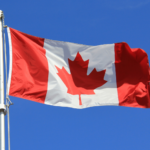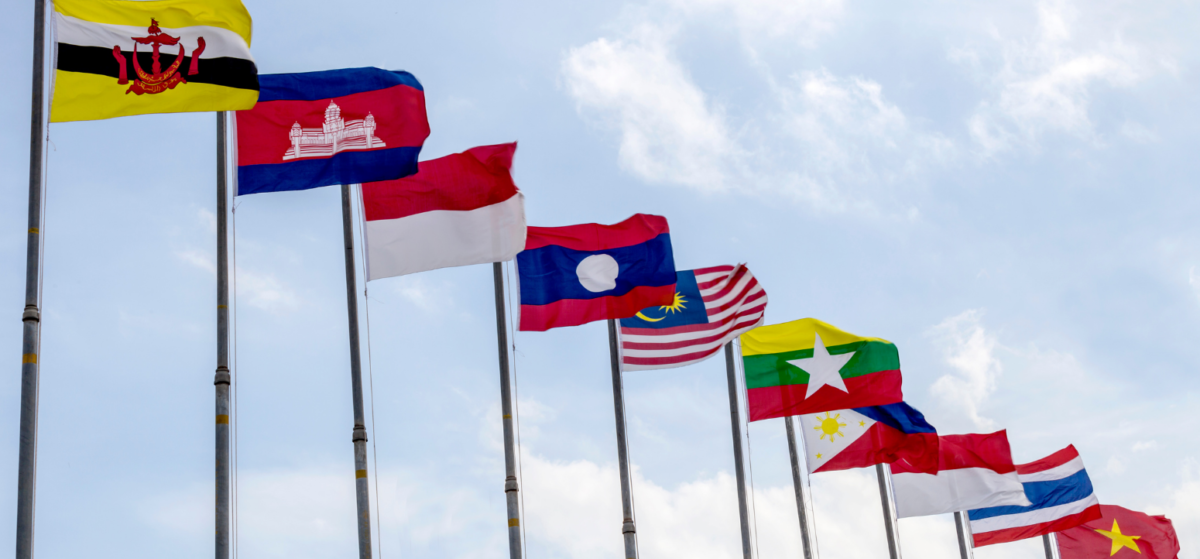The Association of Southeast Asian Nations (ASEAN) is a regional intergovernmental trade group made up of the ten countries in Southeast Asia: Brunei, Cambodia, Indonesia, Laos, Malaysia, Myanmar, Philippines, Singapore, Thailand, and Vietnam.
Since global trade has become more competitive, the ASEAN region has attempted to build a strong economic alliance to enhance trade facilitation.
The Creation of the ASEAN Cosmetic Directive
In 2003, the ASEAN member countries recognized the need to put in place regulations as a collective standard. This led to the signing of an Agreement on the ASEAN Harmonized Cosmetic Regulatory Scheme (AHCRS)[1].
The countries agreed to work together to enhance cooperation among member states. They would also share the expertise required to facilitate the trade and import of cosmetic products within these countries and other countries.
While facilitating trade, they would also work to ensure the safety, quality, and claimed benefits of all cosmetic products.[2]
The requirements for cosmetic products were implemented in Singapore in 2008 as the ASEAN Cosmetic Directive (ACD).
The ACD is an agreement among ASEAN countries to harmonize the requirements of cosmetic products. Standardized requirements would establish a common marketplace and reduce technical barriers to trade in the region and beyond.[3]
ACD is inspired by the European Union (EU) Cosmetic Regulation 1223/2009 and has used it as a guide in developing their own cosmetics regulations.[4]
What Does the ACD Cover?
The ACD describes cosmetic products as any substance or preparation intended to be placed in contact with the various external parts of the human body.
This includes the epidermis (the outer and top layer), hair system, nails, lips, and external genitalia.
It also covers products that come in contact with the teeth and mucous membranes of the oral cavity for the purpose of cleaning or protecting them or enhancing or correcting odor.[5]
Examples of products that could be considered as cosmetic products include creams, emulsions, make-up, perfumes, deodorants, hair cleansing products, and teeth whitening, etc.
What are the ACD Requirements?
All products marketed in ASEAN member states must adhere to the cosmetic regulations of the ACD and its Annexes and Appendices.
The common technical requirements under the ACD include:
- The definition and scope of cosmetics products
- A ‘negative list’ of banned ingredients
- A ‘restricted list’ of ingredients subject to specified limits
- A ‘positive list’ of permitted ingredients (colors, preservatives and UV filters)
- Labeling
- Product claims
- Good Manufacturing Practices (GMP).
Cosmetic companies supplying cosmetic products are responsible for ensuring the ingredients are safe for use and do not contain prohibited substances.
Cosmetic companies intending to place a cosmetic product on the ASEAN market must notify regulatory authorities of each member state individually. They must notify the states where the product will be sold, through an online notification process, for pre-market approval.
A product notification needs to be filed by a registered Responsible Person (RP) from each member state.
The RP is appointed to represent the cosmetic product that will be sold within the ASEAN market. The RP is responsible for product safety and must submit safety and technical information if requested from the regulatory authority of the member state.
The RP must also maintain the Product Information File (PIF).[6] A new product notification is required if changes are made to the following:
- Brand name
- Product name
- Product type
- Formulation
- Distribution rights of the company
The RP appointed by the cosmetic company could be a manufacturer, importer, a consulting firm, an agent, or a distributor of the cosmetic product within ASEAN.
Product Information File
Similar to the EU cosmetic regulations, each cosmetic product requires a PIF, which will contain the most important information about the finished product.
The PIF is a key element that is necessary to place cosmetic products on the ASEAN market.
This information serves to identify:
- The cosmetic product
- Its safety evaluation to confirm the cosmetic product is safe for use and does not cause harm to human health
- The full ingredient list of the finished product
- The packaging, manufacturing process, and product labeling [7]
There is a mandatory ASEAN Cosmetic labeling requirement.[8] Using the ACD as a guide, labels must be written in English and/or the national language and/or a language understood by the consumer where the product is marketed.[9]
The labels on the outer packaging of cosmetic products or, on the immediate packaging of cosmetic products must include:
- The name of the cosmetic product and its function (unless it is clear from the presentation of the product).
- The full ingredients listing in the correct descending order of concentration and specified using International Nomenclature of Cosmetic Ingredients (INCI) standards. Ingredients considered to be allergens have special labelling requirements.
- Country of origin
- Instruction of use of the cosmetic product (unless it is clear from the presentation of the product).
- Name and address of the RP
- Nominal content by weight or volume, in either metric or both metric and imperial system.
- The date of minimum durability (expiry date) or period after opening (PAO).
- Precautions and warnings
- The manufacturer’s batch number.
Under the Regulations, the PIF must also contain documents which demonstrate a cosmetic company’s commitment to GMP for safeguarding the quality and safety of their finished cosmetic products.
GMP emphasizes the requirements for cosmetic manufacturers to adopt tools and technologies that are consistent with the standards presently set.[10]
Any product claims made in terms of the benefits of cosmetic products must be justified by supporting data.
The data must demonstrate the product’s efficacy and to ensure implied claims will not mislead consumers or exaggerate the effects of their product contents, quality, or safety.
Cosmetic products claiming to prevent or treat a disease/medical condition are not permitted in cosmetic products or to present such claims in any advertisements for cosmetic products in the ASEAN market region.[11]
Full Compliance With ASEAN Regulations
Lastly, the RP responsible for the product notification must ensure each manufactured batch meets ACD requirements and will not cause damage to human health under any circumstances.
This demonstrates the cosmetic product is fully compliant with the ASEAN cosmetic regulations.
This is where the pre-market approval system shifts to a post-marketing surveillance system, to ensure full compliance with the ACD.[12]
A part of the post-market controls requires the RP to keep records of the cosmetic product's supply.
Reports must be readily accessible to the regulator of the member state on supporting data for any claims, manufacturing methods, product defects, recall of unsafe products, and adverse effects of the cosmetic products.
This ensures harmonized standards in the adverse event reporting process and also facilitates important cosmetic product safety information sharing among ASEAN Regulatory Bodies.[13]
[1] Nottage, L., Malbon, J., Paterson, J., & Beaton-Wells, C. (2019). The ASEAN Cosmetics Regulation – Trading Up. In ASEAN Consumer Law Harmonisation and Cooperation: Achievements and Challenges (Integration through Law: The Role of Law and the Rule of Law in ASEAN Integration, pp. 192-204). Cambridge: Cambridge University Press.
[2] ASEAN Cosmetic Regulation | ChemLinked
[4] Regulations in ASEAN Countries
[6] Guidelines on The Control Of Cosmetic Products
[7] https://www.hsa.gov.sg/docs/default-source/hprg/cosmetic-products/appendix-ii-04-september-2007a.pdf
[8] https://www.hsa.gov.sg/docs/default-source/hprg/cosmetic-products/appendix-ii-04-september-2007a.pdf
[9] cosmetics legislation and product registration - CE.way
[11] Guidelines on the Control of Cosmetic Products
[13]https://www.hsa.gov.sg/docs/default-source/hprg/cosmetic-products/guidance/attachment-a---a-guide-manual-for-the-industry---adverse-event-reporting-of-cosmetic-products.pdf






